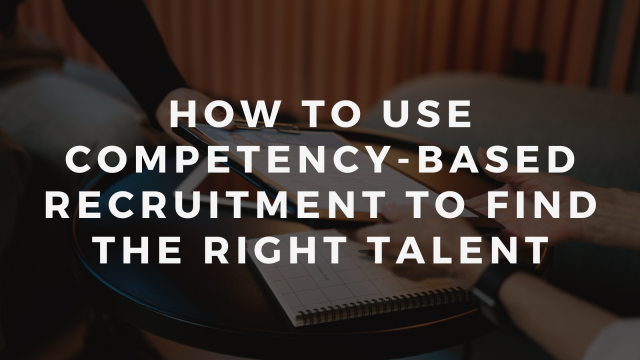Our mid-year review 2021
As we’re approaching autumn with confident steps, we want to take a moment and look back at what Layke Analytics has achieved so far. Anna Rapp, co-founder and CEO, shares her thoughts on our technical journey and what our next steps are toward an innovative recruitment process.
“Sometimes I need to remind myself that AI, just like human intelligence, is dynamic and it is never finished.
Developing a solution that is dynamic makes it easy for us to only focus on what is left to do, rather than paying attention to our achievements.
That being said, I would like to pause for a moment and look back at the past year, specifically the last six months, to sum up, what Layke has achieved so far. Which turns out to be quite a lot.
New integrations
When we entered 2021, our goal was to implement three integrations during the year. I am glad to say that we had already reached the goal by the end of June, and today we have integrations in place with one VMS provider and two ATS providers. Thanks to that, Layke can now reach more than 700 companies and potential customers.
Thanks to our collaboration with JobTech Development (Arbetsförmedlingen’s investment in sustainable and common infrastructure for digital matching services) we now have access to a library consisting of 17,600 unique professional role titles and 58,000 unique skills.
As it is not unusual for a professional role to have a handful of different titles, we made sure to keep that in mind from the start.
Improvements to the algorithm
Besides the language models that form the basis of Layke’s algorithm, we also use graph networks to read information from a document.
The graph network allows us to take into account more than just the meaning of a word, which means that it also pays attention to where and how a word appears in a document. By combining the two methods, we enhance the ability to generate a more accurate result.
When launching the first version of Layke, we focused on facilitating a recruitment process based solely on previous experiences and skills.
Today we have the capacity to also make matches based on seniority level and industry relevance. This allows our algorithm to find even more relevant and accurate results.
Next steps
There is still much left for us to achieve. Although we have our own ideas about what we want to do in the near future, we make sure to prioritize our users’ experience. Meaning that we are very responsive to feedback and requests regarding future functions.
An example of such a request is to match a job requisition with a candidate pool consisting of both active and passive candidates.
We want to make information that already exists available to users and give them the opportunity to easily discover the relevant talent that would not otherwise be found.
I am looking forward to seeing what the rest of the year brings us and, with a humble and positive attitude, to all the goals we are looking to achieve.
Kind regards,
Anna”
 By
By


